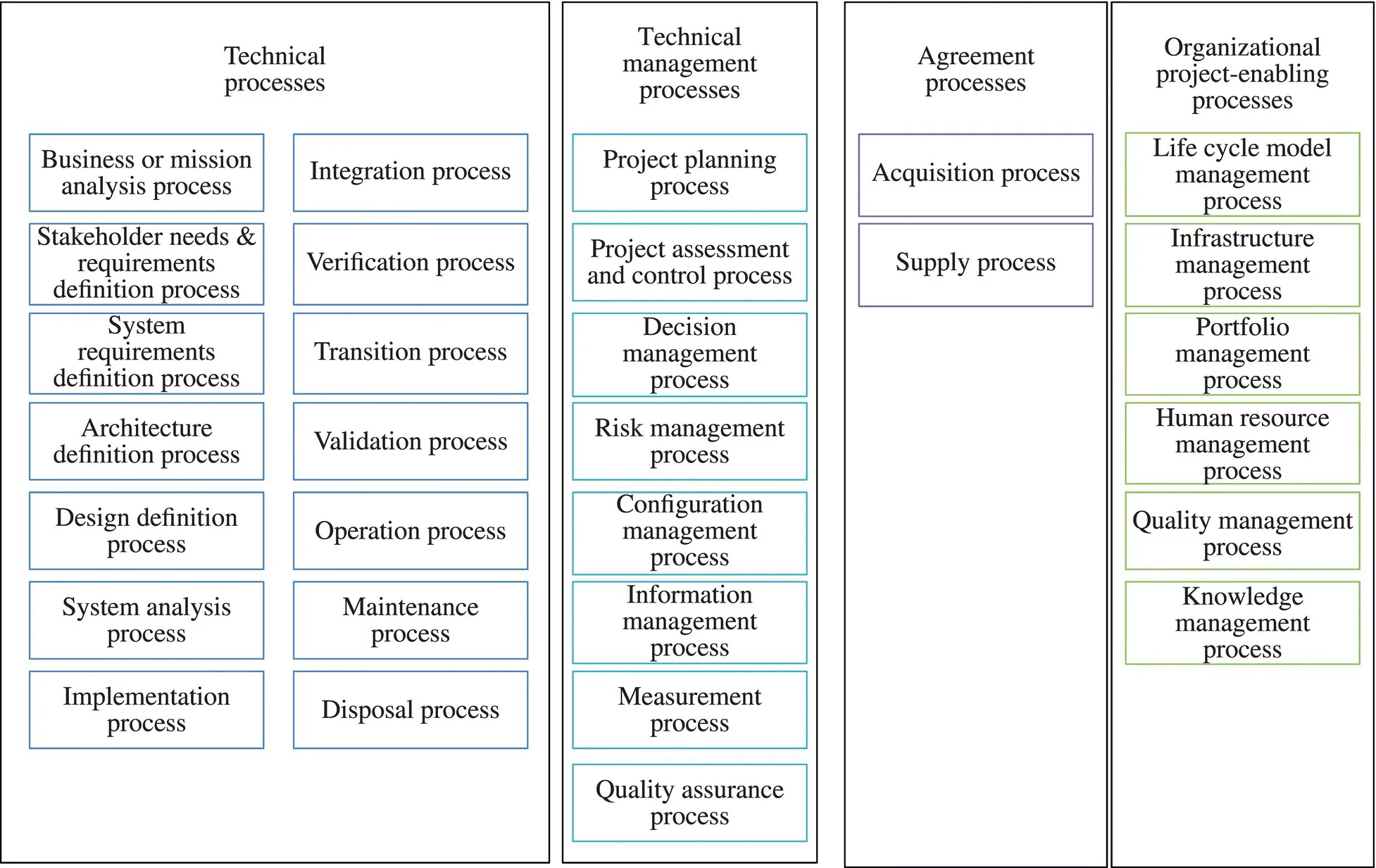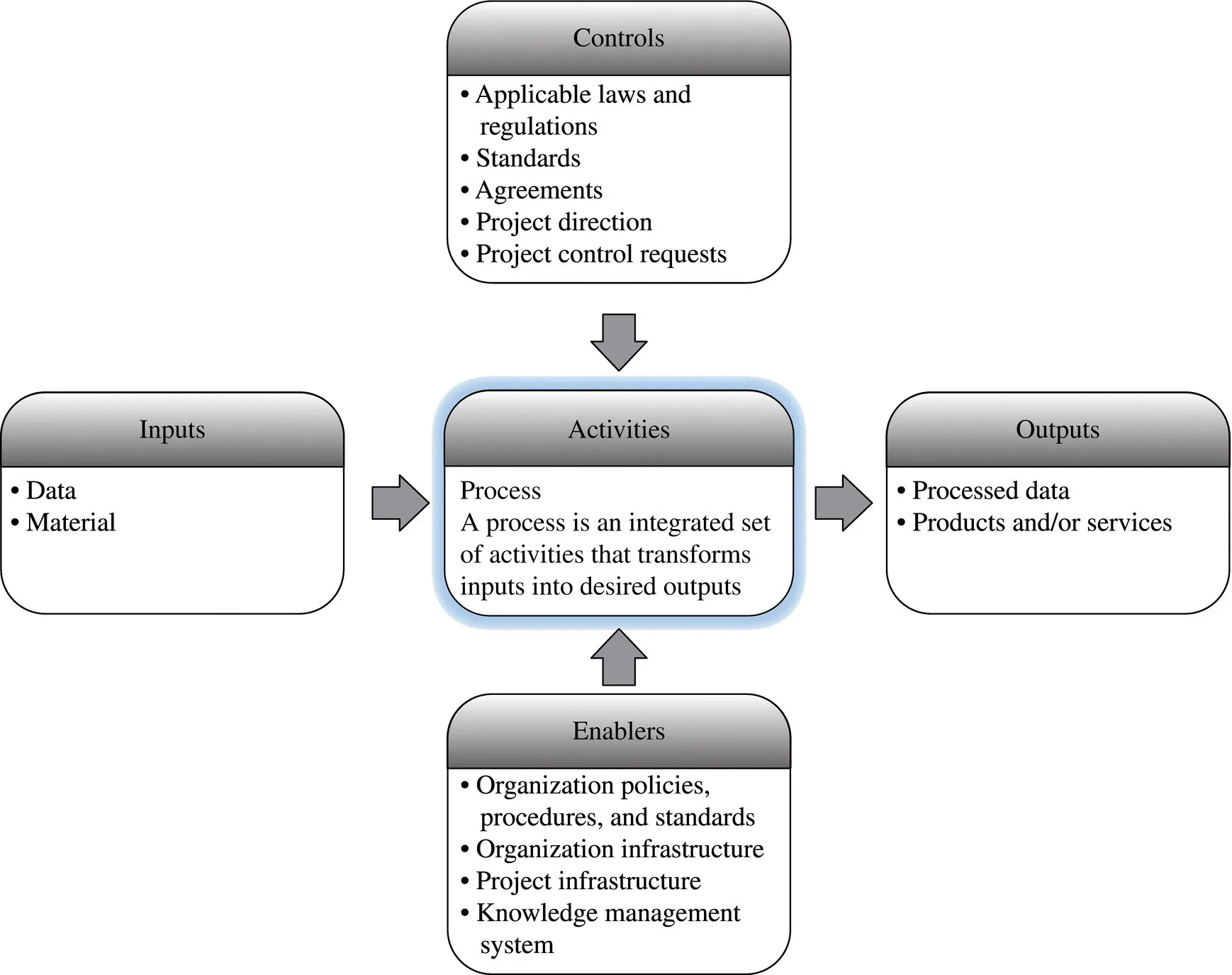
INCOSE Systems Engineering Handbook
A Guide for System Life Cycle Processes and Activities
- English
- ePUB (mobile friendly)
- Available on iOS & Android
INCOSE Systems Engineering Handbook
A Guide for System Life Cycle Processes and Activities
About This Book
A detailed and thorough reference on the discipline and practice of systems engineering The objective of the International Council on Systems Engineering (INCOSE) Systems Engineering Handbook is to describe key process activities performed by systems engineers and other engineering professionals throughout the life cycle of a system. The book covers a wide range of fundamental system concepts that broaden the thinking of the systems engineering practitioner, such as system thinking, system science, life cycle management, specialty engineering, system of systems, and agile and iterative methods. This book also defines the discipline and practice of systems engineering for students and practicing professionals alike, providing an authoritative reference that is acknowledged worldwide.
The latest edition of the INCOSE Systems Engineering Handbook:
- Is consistent with ISO/IEC/IEEE 15288: 2015 Systems and software engineering—System life cycle processes and the Guide to the Systems Engineering Body of Knowledge (SEBoK)
- Has been updated to include the latest concepts of the INCOSE working groups
- Is the body of knowledge for the INCOSE Certification Process
This book is ideal for any engineering professional who has an interest in or needs to apply systems engineering practices. This includes the experienced systems engineer who needs a convenient reference, a product engineer or engineer in another discipline who needs to perform systems engineering, a new systems engineer, or anyone interested in learning more about systems engineering.
Frequently asked questions
Information
1
SYSTEMS ENGINEERING HANDBOOK SCOPE
1.1 PURPOSE
1.2 APPLICATION
1.3 CONTENTS
- Technical processes (Chapter 4) include business or mission analysis, stakeholder needs and requirements definition, system requirements definition, architecture definition, design definition, system analysis, implementation, integration, verification, transition, validation, operation, maintenance, and disposal.
- Technical management processes (Chapter 5) include project planning, project assessment and control, decision management, risk management, configuration management, information management, measurement, and quality assurance.
- Agreement processes (Chapter 6) include acquisition and supply.
- Organizational project-enabling processes (Chapter 7) include life cycle model management, infrastructure management, portfolio management, human resource management, quality management, and knowledge management.

- Tailoring processes and application of systems engineering (Chapter 8) include information on how to adapt and scale the SE processes and how to apply those processes in various applications. Not every process will apply universally. Careful selection from the material is recommended. Reliance on process over progress will not deliver a system.
- Crosscutting systems engineering methods (Chapter 9) provide insights into methods that can apply across all processes, reflecting various aspects of the iterative and recursive nature of SE.
- Specialty engineering activities (Chapter 10) include practical information so systems engineers can understand and appreciate the importance of various specialty engineering topics.
1.4 FORMAT
